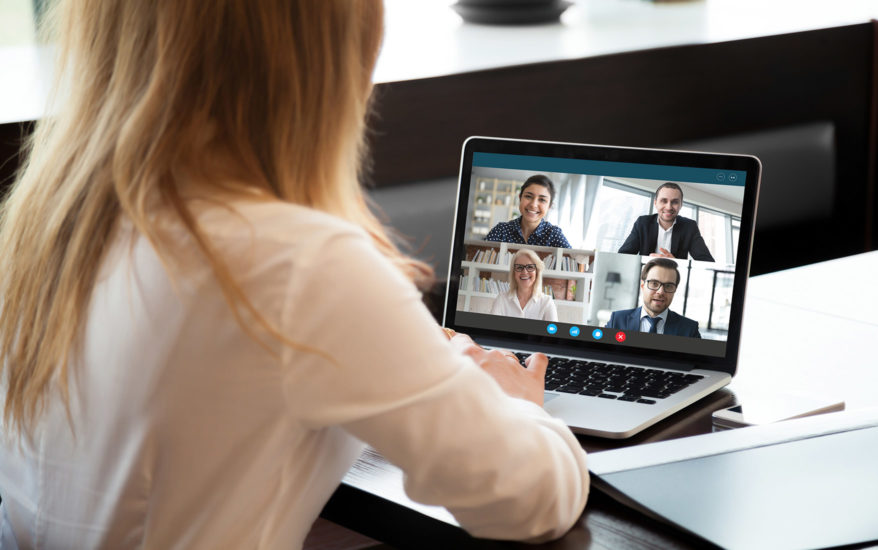
It’s relatively easy to quantify the direct impacts that COVID-19 has had on businesses, in terms of having far more employees working from home. Over the last six months or so, we’ve all come to terms with the increased flexibility it offers employees and employers alike, as well as the financial savings possible through reducing office real estate and associated costs.
But those hard facts put down on paper don’t tell the whole story, and that’s because the less tangible, more human consequences of remote working are easily overlooked. Businesses are made up of people after all, and how those people feel and interact with each other is a vital part of how businesses operate smoothly and are able to grow as we look towards 2021.
Below, we’ll explore the effects of home working this past year, what this means for remote working as a solution, and what you can do to promote strong, collaborative team dynamics for the next year.
Social services
Teams work better when they know each other and can build working relationships with each other. With greater understanding of each other’s strengths, they can complement each other’s efforts to collectively perform at their best. It may seem like video collaboration is no barrier to achieving this, but it is a tricky platform for free-flowing conversation, removes a certain element of body language, and can make socialization a more rigid and awkward affair.
In this situation, there really is no substitute for face-to-face contact, and it’s therefore critical that provision is made for making this happen. These could be regularly scheduled catch-up meetings in the office, social events outside of work, or a mix of the two where everyone on a team can come together. Aligning everyone’s schedules to make this happen may appear to be a logistical hurdle to this, but careful planning and technology solutions can easily navigate any issues.
Welcome aboard
Interaction needs a certain level of organization for existing teams, but when bringing a new member into a team working remotely, it can be even tougher. Not only does the new hire have to try and fit in with everybody else’s way of working, they only have virtual connectivity available to them. Combined with learning the ropes of their day-to-day tasks, it represents a daunting prospect to even the most confident of newcomers, and it can be easy for them to feel isolated and alone as they try to get up to speed.
To remedy this, some elements of onboarding should be done in person at the office where appropriate. Workstations and/or meeting rooms can be booked up well in advance, so that the new recruit can plan ahead and know that they’ll have a solid chance to ask questions and get feedback on a regular basis. It also gives them the opportunity to become more immersed in the company culture by visiting the office, meeting other people and therefore feel more included within it.
Youth meets experience
Whether a newcomer or not, younger workers need the natural conversation and socialization elements of work more than anyone else. Their minds are like sponges, picking up information by observing and experiencing the techniques, challenges and solutions of their more senior colleagues day-to-day. These little organic experiences simply can’t be replicated when working remotely, and so the professional development of younger employees is therefore easily stifled.
This is where a more ‘hybrid’ approach to working arrangements stands out as being the best way forward for all concerned post-pandemic. Even if teams are only brought into the office once or twice a week, it gives young employees the chance to soak up some of this information, while everyone still gets to enjoy many of the benefits of working from home.
Indeed, as all three of these points ably demonstrate:
Whether it’s catering for new recruits, supporting ambitious young team members or fostering greater team spirit, combining home and office work really can give both employers and employees the best of both worlds in the new world of work ahead of us all in 2021.



